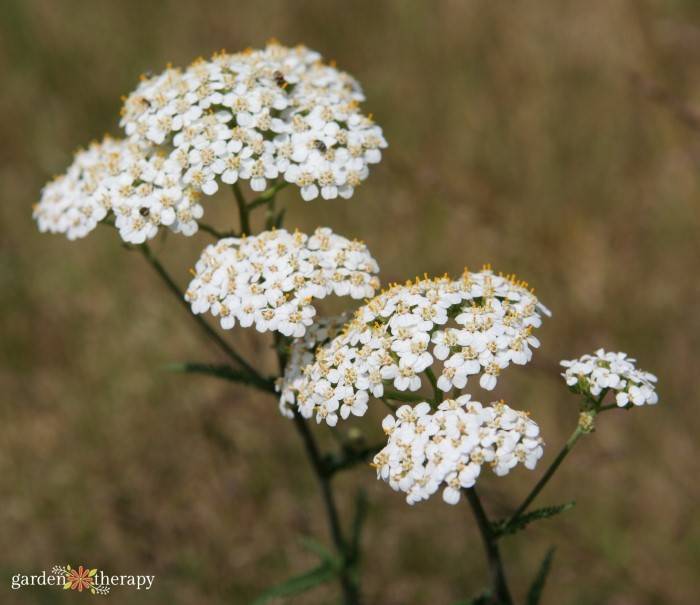Get full access to Outside Learn, our online education hub featuring in-depth yoga, fitness, & nutrition courses, when you
sign up for Outside+.
I’ll never forget my first major shoulder injury as a yoga practitioner. It was 2008 and I had just finished my 200-hour yoga teacher training. Before then, I had a habit of moving quickly through poses because I wanted to sweat. Now I was working on refining my alignment. But each time I took a vinyasa, I felt a strange pinching in the front of my shoulder. The pain was particularly exacerbated by Chaturanga, which was literally every other pose in my Mysore-style Ashtanga practice.
I didn’t seek medical care when it started. Surely yoga had all the answers! Instead, I tried a couple very different approaches while recovering from my shoulder injury with a couple very different outcomes.
First, I assumed that not doing any asana would allow my shoulder injury time to heal. So I stopped practicing altogether for what seemed like a few weeks but, in actuality, was probably only a few days. Not coming to my mat was incredibly challenging—and frustrating—given that I had recently made yoga my entire life by quitting my job in the film industry to become a yoga teacher.
I was sorely disappointed when my shoulder didn’t immediately repair itself. Also, I noticed how much I truly needed my asana practice, as I felt much more on edge and anxious without it.
Missing the serenity that yoga helped me find, I changed tactics. Next I tried pushing through the pain. A fellow Ashtanga practitioner assured me that “injuries only exist if you give them attention.” You can imagine how well that worked out. It was far from serene.
In time, my shoulder injury seemed to improve, despite my carelessness, but it would still flare up on occasion. I’m not certain whether I truly got stronger in the poses it once affected or I just got better at ignoring the pain.
Ten years later, I experienced a more severe shoulder injury with an easily identifiable cause: I fell out of a pose. It required surgery along with a lengthy and daunting recovery. When I came back to my mat post-op, I knew I had to find a different approach than in the past. Something less extreme. I still needed my yoga practice to help me deal with everything, including the grief of letting go of certain teaching jobs and poses, but I also needed to back way off of my typical practice.
As I learned how to come into yoga poses while also taking care of my injury, I found it helpful to shift my motivation away from wanting to “nail” certain poses or “get a workout” and toward an intention of learning how to listen—deeply—to my body and its needs.
I spent a lot of time simply observing what did and didn’t feel good in my body. When I encountered a movement that caused pain or made me feel unstable, I modified it. And when I found poses that did feel good, I tried to focus more on those.
In staying curious, I learned that my injury was an opportunity to cultivate a deeper presence in my practice. This meant no longer needing to do certain shapes—in some cases, ever again. Although my practice may look much simpler when I’m hurt, I find that to be my most advanced practice of yoga.
5 ways to modify common yoga poses when you’re recovering from shoulder injury
By approaching my practice differently and focusing much more on finding stability in a pose than “going deeper” (physically, anyways), I learned that a shoulder injury—despite being painful, stressful, inconvenient, and a lot of other things—can also be an opportunity. It can allow us to approach our practice in a much slower and more mindful way. Below are some of the shoulder-friendlier arm modifications for common poses that worked for me.
If you’re experiencing shoulder pain, consult with a healthcare provider prior to engaging in any physical activity.
1. Urdhva Hastasana (Upward Salute), Utkatasana (Chair pose), Virabhadrasana 1 (Warrior 1), and Anjanayasana (Crescent Lunge)
Challenge: Raising your arms alongside your ears
Solution: Taking your arms in a V-shape
How to: Instead of bringing your arms shoulder-distance apart or your hands together (which is challenging for most bodies, even when you don’t have a shoulder injury!), bring your arms wider into a V shape.
2. Virabhadrasana II (Warrior 2)
Challenge: Extending your arms straight out from your shoulders
Solution: Bend your elbows
How to: Exaggerate the external rotation of your arms to turn your palms to face the ceiling in Warrior 2. Next, bend your elbows slightly—just enough so your arms feel lighter and your upper back releases away from your ears. Keep your gaze in line with your chest rather than turning your neck to look over your front hand.
3. Utthita Trikonasana (Extended Triangle) and Utthita Parsvakonasana (Extended Side Angle Pose)
Challenge: Reaching your top arm alongside your ear
Solution: Rest your top arm on your side body
How to: When the teacher cues you to bring your arm overhead or toward the ceiling in Extended Side Angle or Triangle Pose, keep your top arm along your side body and rest it on your torso. This keeps your upper arm bone in anatomical neutral so your shoulder joint isn’t taxed. If it feels okay for you, turn your palm to face away from you to pronate your forearm.
4. Adho Mukha Svanasana (Downward-Facing Dog Pose)
Challenge: Stress on your arms while bearing weight
Solution: Bring your legs closer to hands
How to: Come into Down Dog with your hands on blocks. Walk your feet forward to shorten your stance until you are bearing little to no weight in your arms, similar to Ardha Uttanasana (Half Standing Forward Bend). Keep your head down and your ears in line with your upper arms. This allows you to benefit from the hamstring stretch and the inversion without bearing weight in your shoulders.
5. Parsvottanasana (Pyramid Pose)
Challenge: Paschima Namaskar (Reverse Prayer)
Solution: Hands on hips
How to: Rather than taking your hands behind your back in Parsvottanasana (Pyramid Pose), bend your elbows and place your hands on your hips. This allows you to benefit from the chest-opening aspect of the pose without taxing your shoulder joints.
Tip
This modification also works for any pose in which you are asked to internally rotate your upper arm, where you would interlace your fingers behind your back, such as Prasarita Padottanasana (Standing Wide-Legged Forward Bend) and Humble Warrior.
About our contributor
Sarah Ezrin is an author, yoga educator, Instagram influencer, and mama based in the San Francisco Bay area. Her willingness to be unabashedly honest and vulnerable along with her innate wisdom make her writing, yoga classes, and social media sources of healing and inner peace for many. Sarah is changing the world by teaching self-love one person at a time. She is also the author of The Yoga of Parenting. You can follow her on Instagram at @sarahezrinyoga and TikTok at @sarahezrin.
This content was originally published here.




















